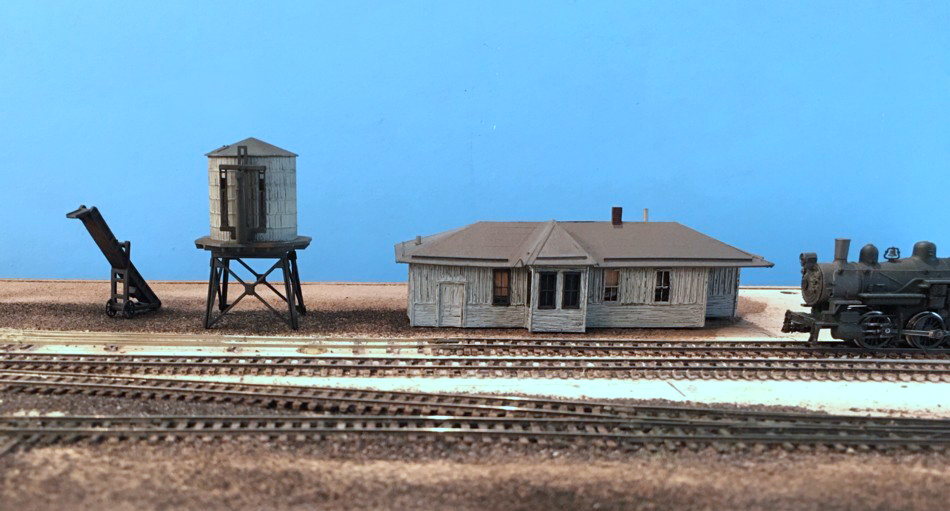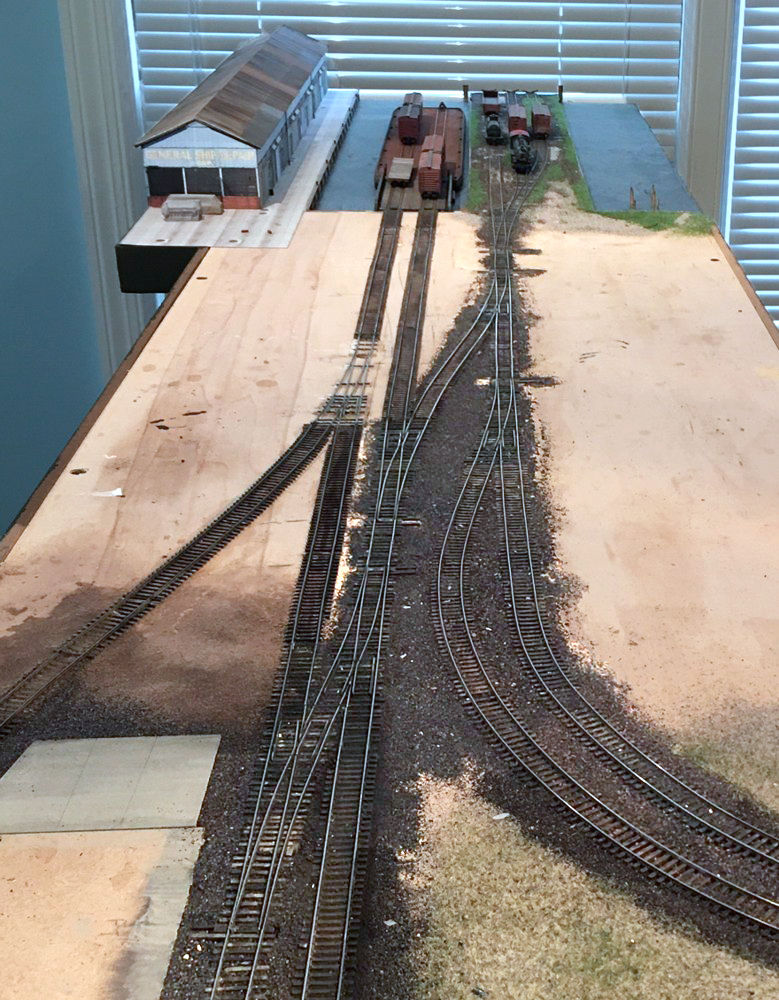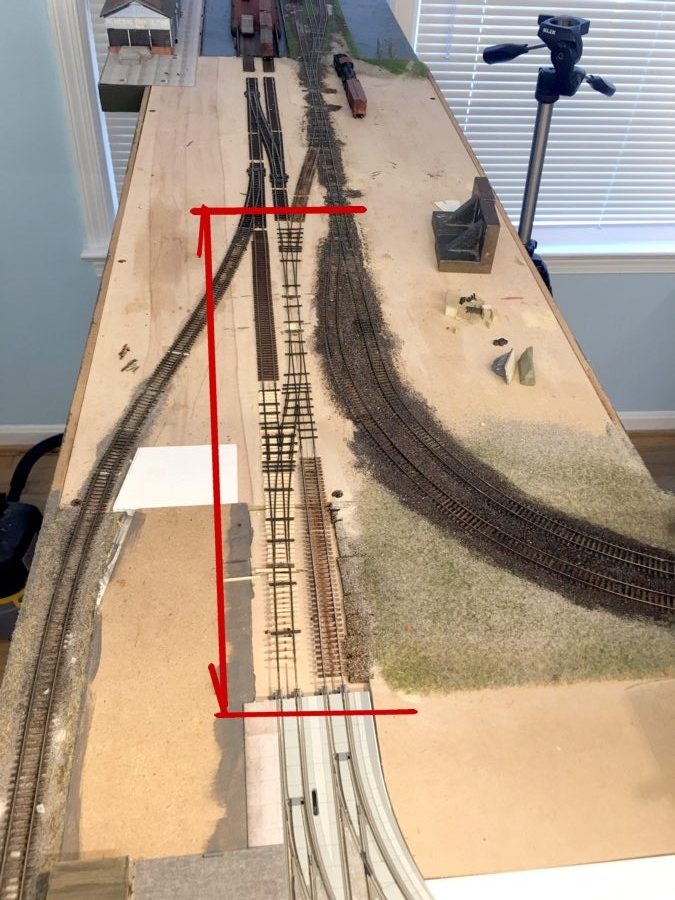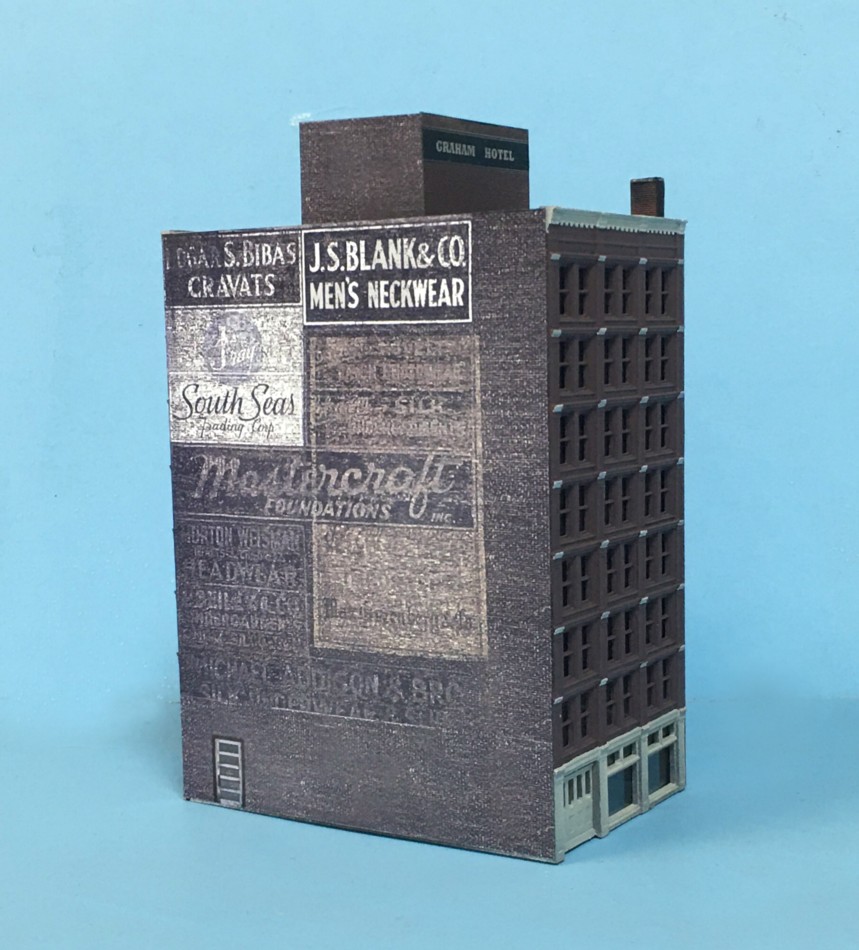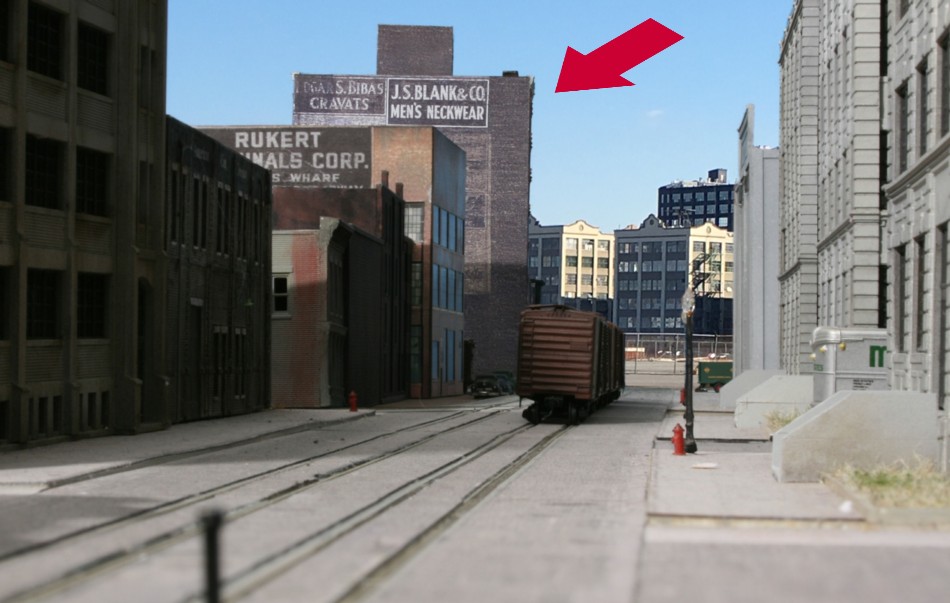When I started on the Brooklyn Terminal layout it wasn’t with the intention of making it a “Fine N Scale” project. “Fine N Scale” is a sub-section of the hobby dedicated to, as the name implies, much more delicate cross sections that are closer to prototype dimensions. It’s a small niche of a scale that is, in and of itself, already a bit of small niche.
As I mentioned, the plan wasn’t to head down the Fine Scale path per se. It was something I drifted towards in an effort to have better looking photos. You quickly learn that N scale in ready to run form, and close up photography are a match made in hell. In any scale close up imagery highlights and calls attention to the smallest of blemishes.
Fortunately for the HO crowd the market is big enough that manufacturers have the financial incentive to do a lot of the heavy lifting for you. Not so in N. There are some key areas, essentials if you will, that are grossly oversize and stand out like the proverbial sore thumb in a close up photo: track, spikes, couplers, freight car ride height, hand rails and grab irons, and wheel and flange width. With the exception of hand rails, there are workable solutions that aren’t overwhelming to incorporate. You can go with code 40 rail (although that will mean making your own turnouts), Z scale couplers, and BLMA wheels and trucks to lower ride height and give you a narrower wheel. However, workable applies to the visual side only. I’m learning that’s only half the battle because, at some point, it would be nice to have trains run and do so reliably.
Yes, it takes some effort but if you stick with it, the visual end of your N scale scenes can be bludgeoned into a degree of submission. You quickly learn however that with those ultra fine parts the tolerance for mechanical reliability becomes razor thin. What that means is that, even after you have the visual end of fine N scale in hand, the second battle begins and that’s a long and sustained tuning effort. Code 40 track is fine but larger flange wheel sets ride up on the spikes giving you a pretty annoying thunk, thunk, thunk. That’s just the freight cars. With locomotives, the spikes are a larger problem because as the wheels ride up, you lose the contact needed for electrical pick up and stalling becomes an issue. The BLMA trucks and wheels are things of beauty, however, narrow wheels are much less tolerant to out of gauge track than traditional “steam roller” wheels and are fairly prone to doing a face plant between the rails if the gauge is just a hair too wide.
It’s been a learning process but I’m finally ramping up on the learning curve. Making Fine N scale mechanically reliable has been an unexpected challenge but a rewarding one nonetheless.
